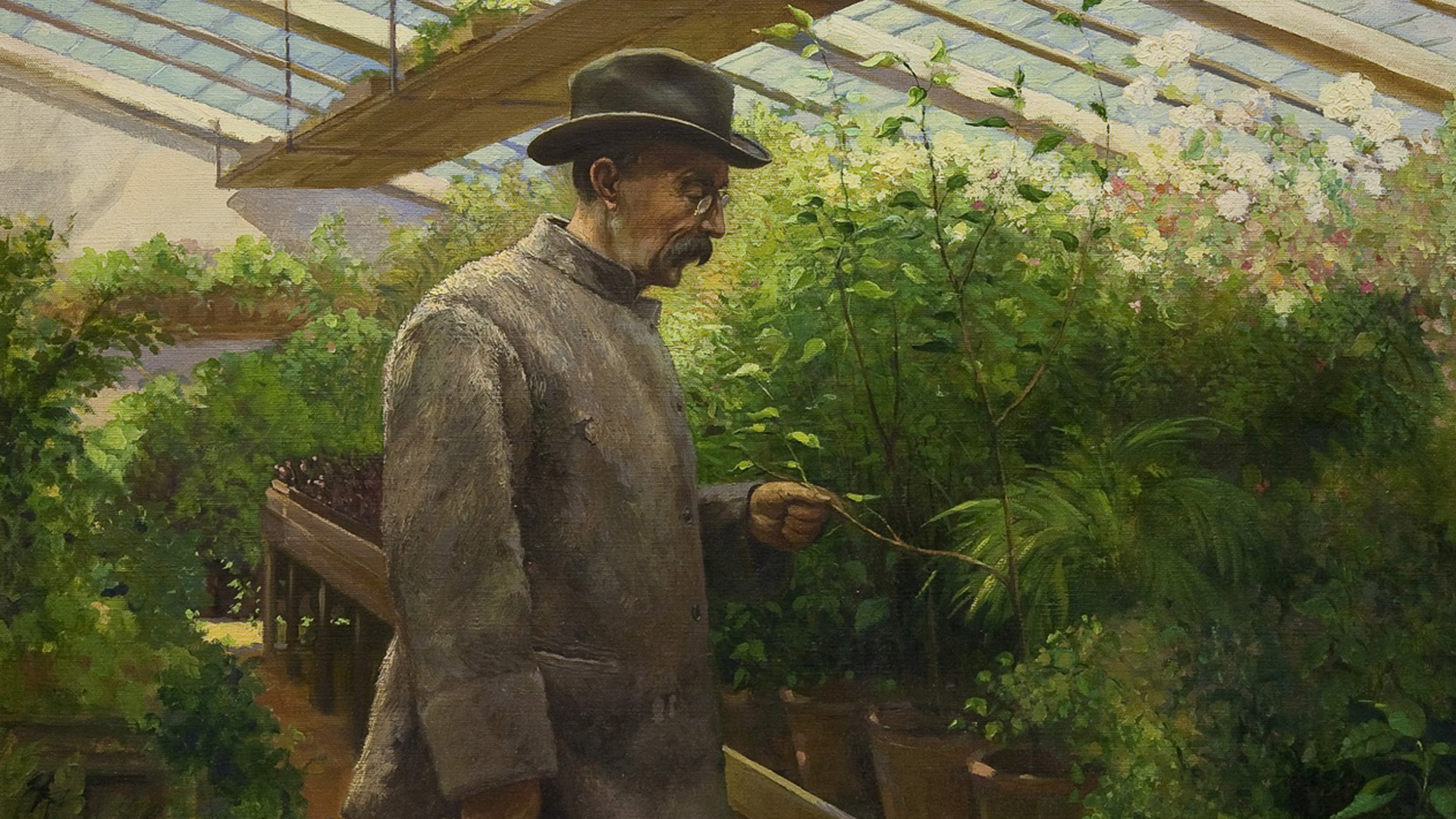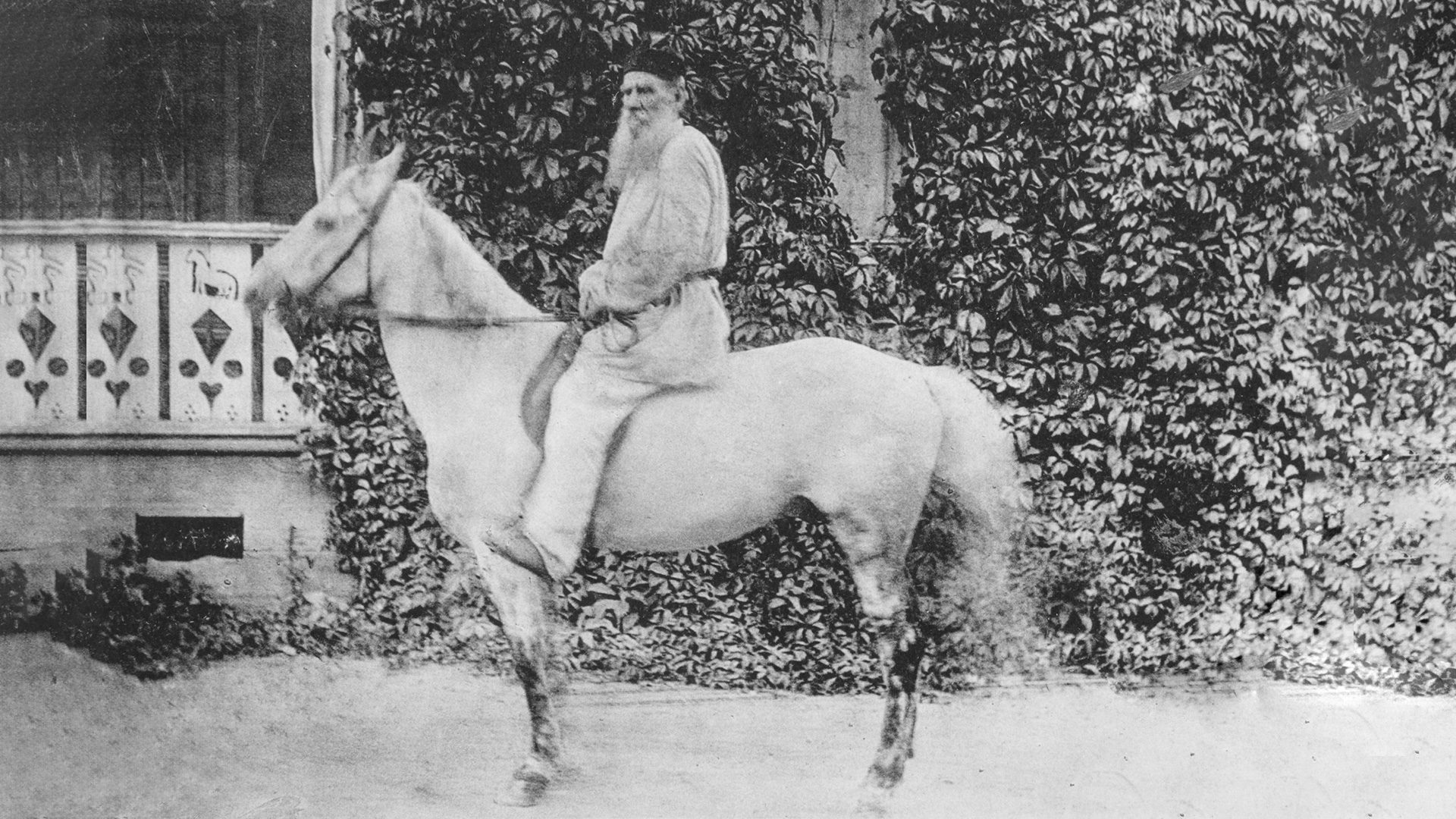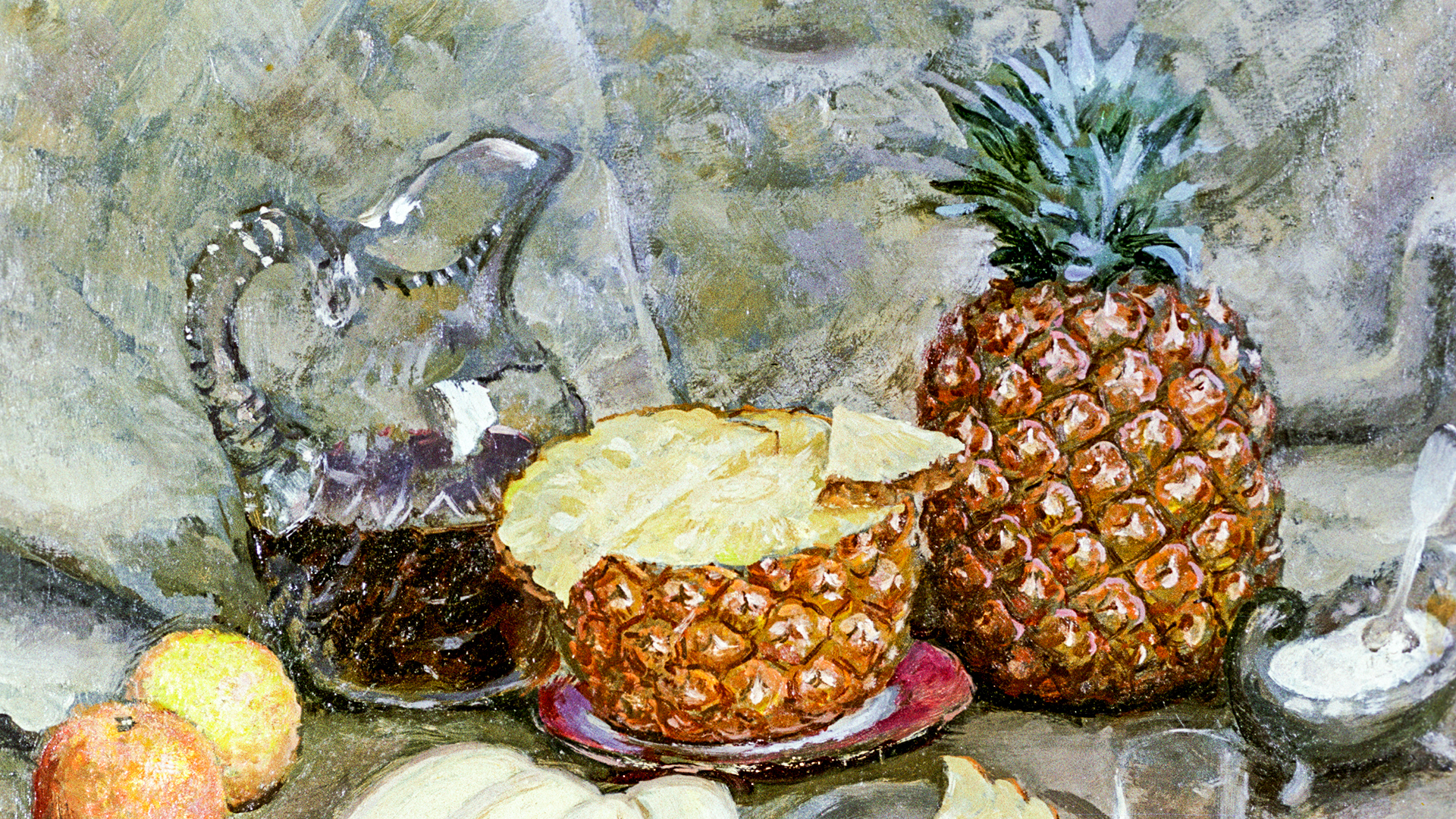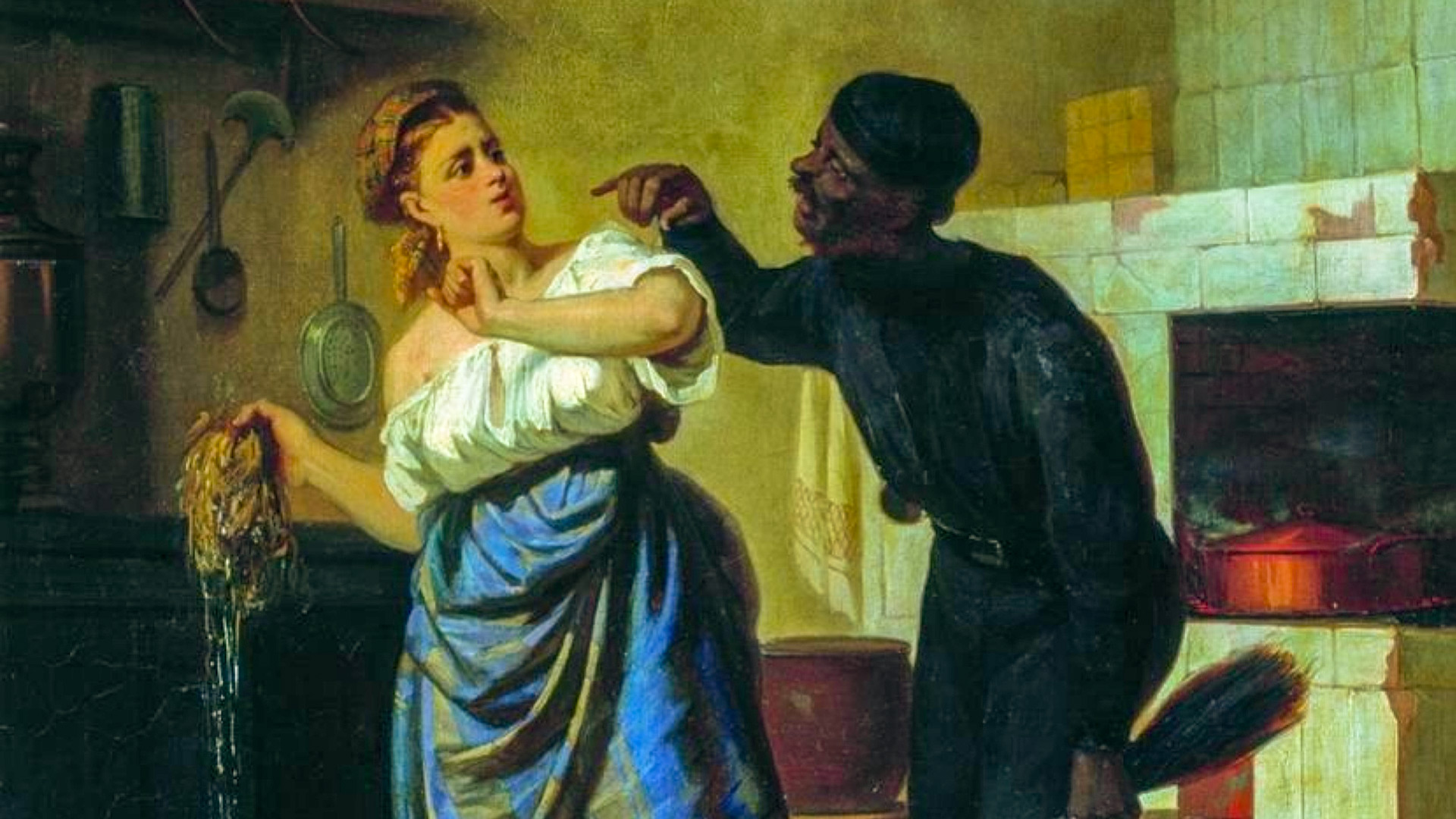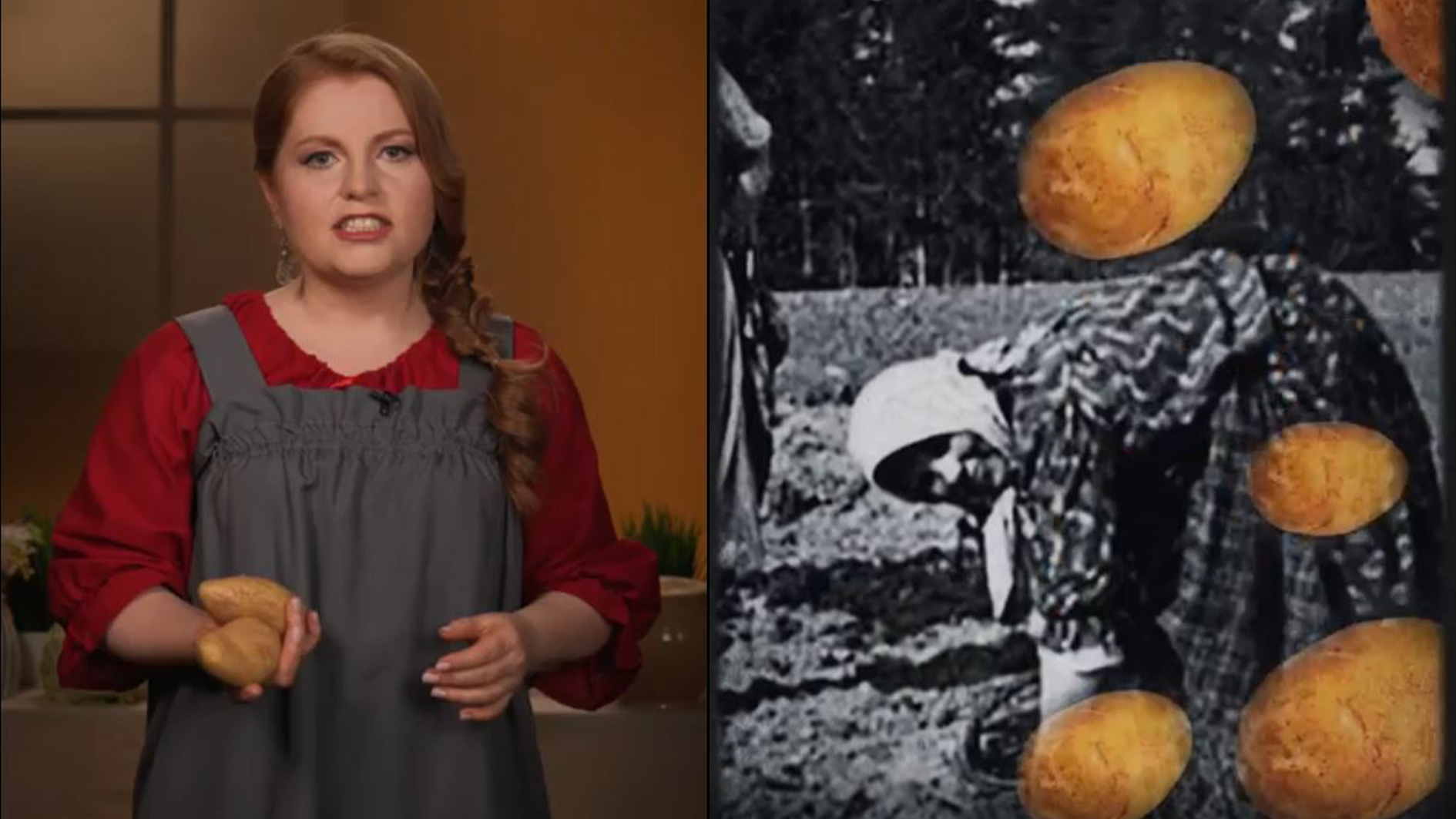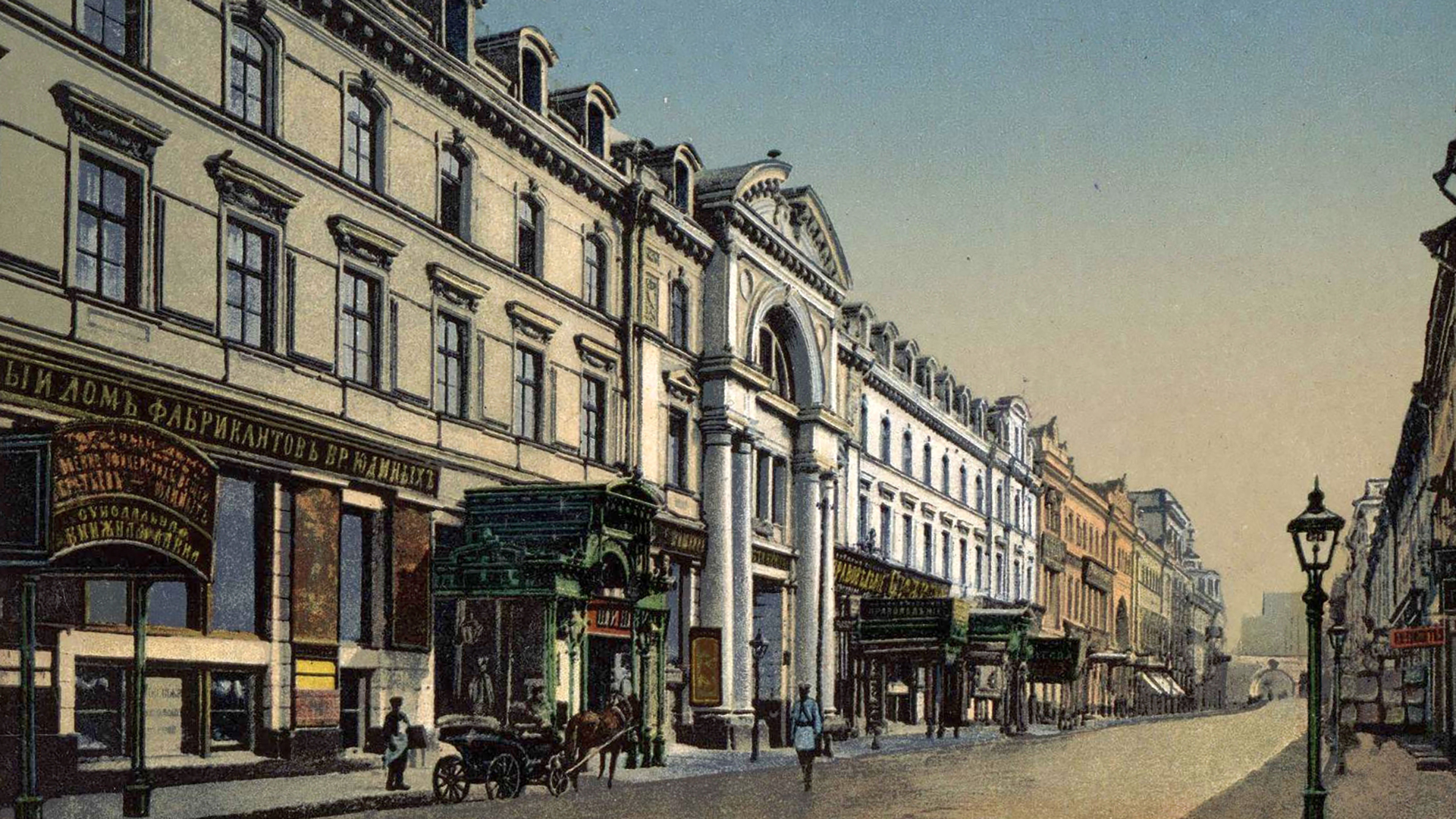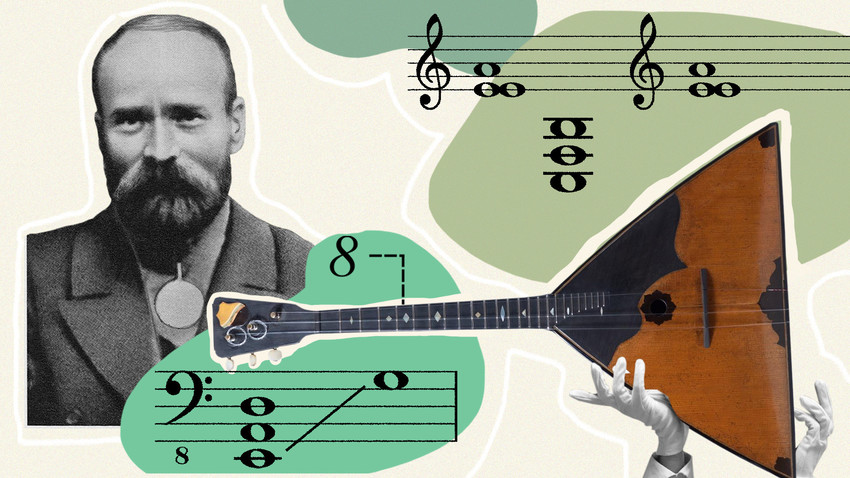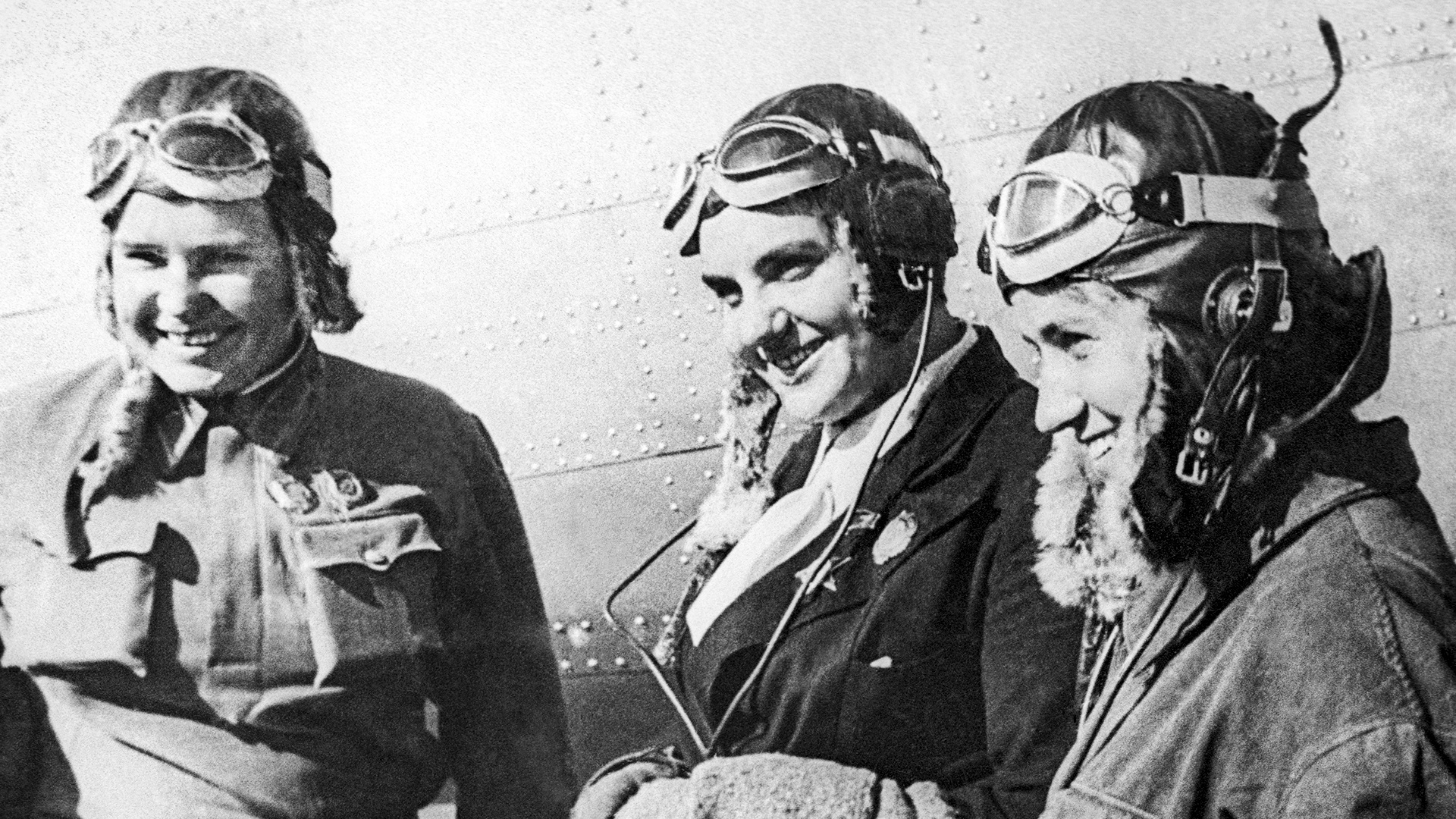
5 strange professions of pre-revolutionary Russia
1. Turnip spitter

In modern Russian, the idiom “to spit at the ceiling” or, simply, to spit somewhere means disdain for work and idle pastime. In the old days, the ability to effectively spit could become a respected profession and bring in a tangible income. Before potatoes, that is, until the middle of the 19th century, turnips were eaten as a common vegetable side dish in Old Rus'. This root vegetable vaguely resembles potatoes in taste, but is sown with tiny seeds. Sowing turnips by hand was a delicate and labor-intensive job. However, someone came up with the idea that spitting turnip seeds was the fastest and most effective way to sow them. Especially if you do it skillfully, calculating the range and radius of the spit.
2. Leech Catcher

Before the 1917 Bolshevik Revolution, Russia was considered a major exporter of… leeches! Up to 120 million (!) were exported to Europe annually and the income to the treasury from this trade was roughly 6 million rubles in silver, which was comparable to the income from the annual export of bread. Therefore, the leech catchers of that time did not shy away from any methods of luring the valuable product to the surface of water bodies. For example, they would literally imitate a herd of cows entering the water! But, such a simple, foolproof method as going into the water yourself above the knee and collecting leeches on your own legs was also considered quite effective. By the way, the leech population was protected, so catching them during breeding season – in May, June and July – was strictly prohibited.
3. ‘Koshkari’ & ‘koshkodavs’ (Cat & dog catchers)

These were the names of traders who traveled around towns and villages and exchanged small goods for cats and dogs. The animals were then sold for fur. Cat fur was called ‘kolotkovy’ and dog fur was called ‘storogkovy’. Fur coats and hats were usually made from them. Wallets, meanwhile, were made from cat skin. The cat-catcher profession was not respected and animals were usually sold for fur by the poorest people. Sometimes, people would even steal other people's cats and dogs for this purpose. One might get the impression that leeches were treated better in Old Rus' than pets! After the revolution, the profession gradually faded away.
4. ‘Ofenya’ (‘Peddler’)

This is a very old profession, known since at least the beginning of the 18th century. Now few people remember it, but many know the expression "to talk in fenya", which means to speak in jargon, to use slang. This expression comes from the ‘ofeni’ – the traders of books, popular prints and all sorts of small items, who walked around the villages and loudly offered their wares, as well as spreading news and gossip. The traders would often also communicate with each other in a special jargon that only they understood.
5. Tail Maker

Not so much a profession as a successful business. Its description was given by Alexandre Dumas, who visited Russia in 1859. Allegedly, in the Vologda province, during a very cold winter, wolves came out of the forests and began to slaughter village cattle and even attack people. In order to reduce the number of predators, the local authorities appointed a decent reward for each wolf tail that was brought to them. The local men first killed a considerable number of wolves and then got a taste for easy money and began to make fake tails from wolf skins and receive payment for them. The deception was, however, revealed and the business had to be closed.


